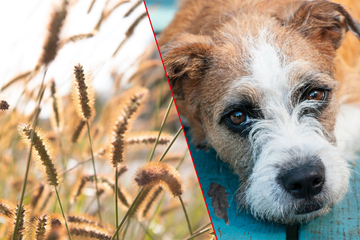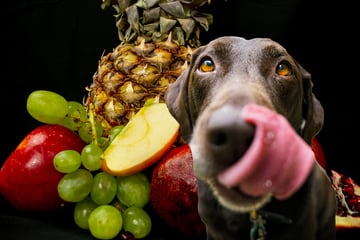New Guinea singing dog: Everything about the oddest dog in the jungle
Deep in the heart of Papua New Guinea, hidden among the brush and the scrub, in homes littered along rainforest pathways, lives an extraordinary animal. It's time to discover the New Guinea singing dog.

If you've ever heard the song of the New Guinea singing dog then you'd know that it has quite the call. These remarkable dogs, which are closely related to the Australian dingo, are some of the more unique domestic doggos, and are unbelievably fascinating.
In this dog guide, TAG24 will take a look at the New Guinea singing dog. What is the New Guinea singing dog, why do they sing their song, and for how long do they live? Let's take a look.
What is the New Guinea singing dog?
The New Guinea singing dog is a fascinating canine found in the highlands of New Guinea. Also known as the New Guinea highland dog, these four-pawed friends originated thousands upon thousands of years ago as wild dogs.
When Papua New Guinea split from Australia around 12,000 years ago (around the same time that Tasmania left mainland Australia behind), the species was split in two. To the south, the ancestors of the New Guinea singing dog eventually evolved into modern day dingoes and, to the north they evolved into a creature famous for its sing-song voice.
Smaller than a dingo, the New Guinea singing dog has become largely domesticated, wandering the households of locals, and rarely found in the wild and rainforests that characterize the island nation. Indeed, wild variants of these canine companions are almost extinct.
While New Guinea singing dogs have been domesticated, making them far less dangerous to humans than their southern counterparts, they are still strong and muscular animals with a high degree of intelligence. They are also unbelievably beautiful, with sandy coats, piercing eyes, and impressive pointed ears.
New Guinea singing dogs are often used when hunting, as they are extremely flexible, fast, and strong animals. Their eyes are famous for having a green glow in the dark, due to how reflective they are. Overall, the New Guinea singing dog is unbelievably fascinating.
Characteristics of the Papua New Guinea singing dog
Like many domestic dogs that are as close to their wild roots as the New Guinea singing dog, these gorgeous animals are not for the faint of heart. They are extremely intelligent and need plenty of stimulation, so training from a young age is a must, and agility training along with long and rigorous walks are also necessary.
What else do you need to know about the Papua New Guinea singing dog, though? What else is important? Well, for starters, they are very rare and hard to get outside of South East Asia (and for good reason), and they exhibit some ... let's just say "strange" behaviors.
Here's a quick break down of the key characteristics of a New Guinea singing dog
- Their voice: The New Guinea singing dog take their name from the vocalizations they are famous for. We'll dive into more detail on this particular subject in a minute.
- Reproduction: New Guinea singing dogs generally pair off, as they are not pack animals. In a domestic situation, the male will often stay after the birth and help raise the puppy, but in the wild things can turn a little more violent. The female will often seek to protect the puppy from the male, attacking because she believes that he poses a threat to her young-ins.
- Diet: These beautiful dogs are, like most wild dogs, carnivorous. They are not big enough to take down large prey, so they mostly feed on small and medium-sized birds and animals. In some cases they have also been known to eat fruit.
- Hunting and violence: Due to their natural spirit, the New Guinea singing dog have become synonymous with hunting. One of the reasons for their domestication, in fact, is that over the years these dogs would attack live stock and poultry. To protect their animals, farmers would often have their own dogs, who would then mate with the New Guinea singing dog.
The sad reality is that, despite how beautiful these creatures are, they're not really the ideal pet. They shouldn't be kept in households with small children, nor as a first dog by inexperienced owners. Be careful, guys, they can do some damage!
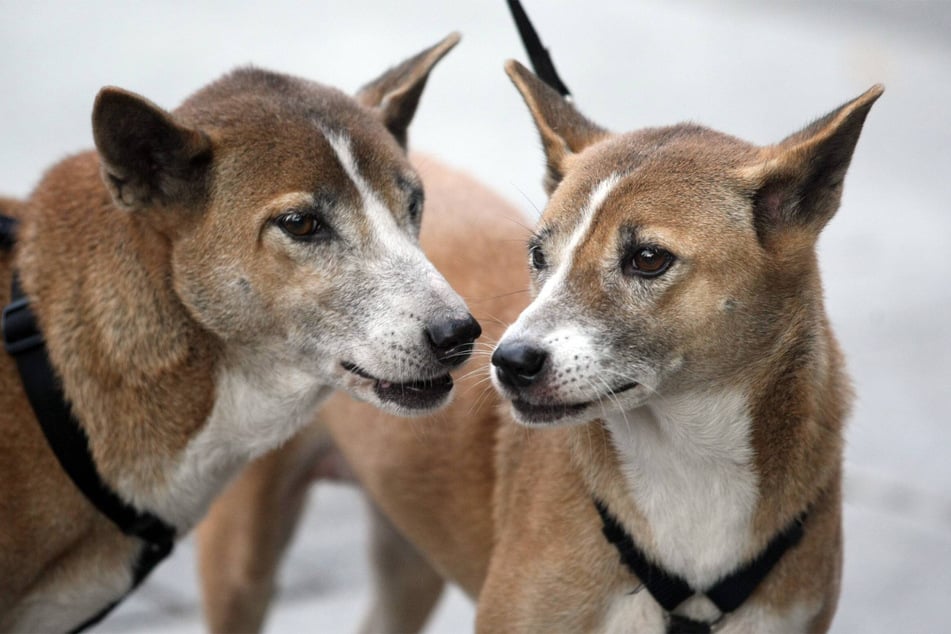
New Guinea singing dog lifespan
It is hard to say how long New Guinea singing dogs generally survive in the wild, but in domesticated situations or in captivity, they generally live for around fifteen years. They are strong, agile creatures that are unlikely to accidentally injure themselves and, due to their protein-rich diets and love of exercise, it's not so surprising that they live so unusually long.
Most dogs generally live for only 10–15 years, putting New Guinea singing dogs well ahead of the pack (pun intended), sitting beside the likes of the Chihuahua as a decently long-lived pooch. As medium-sized and larger dogs almost always live shorter lives than small dogs like the Chihuahua, this is a pretty impressive feat.
Is the New Guinea singing dog for sale?
New Guinea singing dogs have been domesticated for many years, but it is very unlikely you'll ever find one at a US pet shop or pound. For starters, they are from Papua New Guinea - it's kind-of in the name, isn't it? They are also very closely related to wild animals, making them significantly more dangerous than most domestic dogs.
We wouldn't recommend adopting even if you could find one. They are expensive, and fulfil very specific roles in their home country. Allow them to live alongside humans where it makes sense, and otherwise allow them to live their wild life in peace.
New Guinea singing dog sound
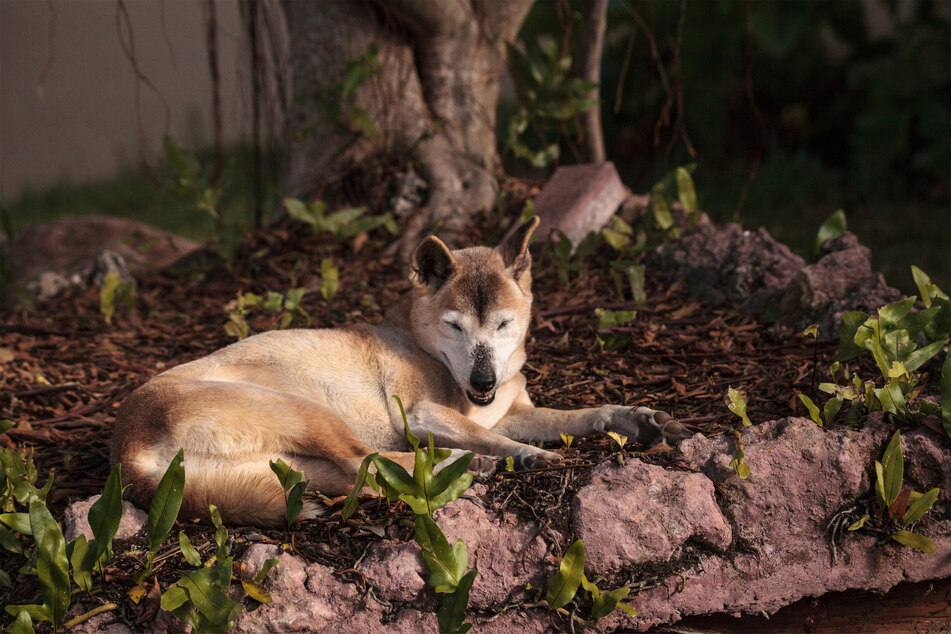
The New Guinea singing dog is unusual among canines as it has no bark and, instead, makes a loud yodel-like howl. This sound is what gives it its iconic name, as the modulations of its howl, the tone going up and down, sounds very reminiscent of the sounds we make when we sing.
New Guinea singing dogs have even been known to harmonize, using their strange voices to almost melodies in the air. They usually continue for at least five seconds at a time, raising the frequency at the start of the howl before leveling out the tone for the duration.
It's a fascinating and wonderful characteristic, and a nice trivia fact for you as well. New Guinea singing dogs are almost bird-like in their howling, often doing it as the sun rises. On top of all this, they have also been known to mimic other doggos, what's not to love?
It is not entirely known why New Guinea singing dogs like to howl so much, nor why they have such a sing-song voice. What is know, though, is that it's well worth a listen. Here's a clip!
New Guinea singing dog vs dingoes
For many years, the USDA classified both New Guinea singing dogs and dingoes as "dogs" under the Animal Welfare Act. As of 2016, though, they are now both considered "exotic animals". Sadly, this doesn't stop people from mistaking them as the same animal.
While both the New Guinea singing dog and the dingo come from the same common ancestor, that shared heritage dates back thousands upon thousands of years. Nowadays, while they look relatively similar, these are two very different animals.
For starters, dingoes live in Australia and New Guinea singing dogs live in (you guessed it) Papua New Guinea. They hunt differently and exist in very different capacities. Dingoes are classified as vulnerable in Australia, as their populations are declining, but wild New Guinea singing dogs are all but extinct.
This gets down to the heart of the matter: Putting aside the fact that New Guinea singing dogs are just simply a different species to the Australian dingo, they are also animals that have become slowly domesticated over time - that is, quite simply, not the case when talking about dingoes. It's also increasingly clear that if there were no domesticated or captive New Guinea singing dogs, there would likely be none left at all.
There's not much of a point in comparing the two animals other than to point out that New Guinea singing dogs and dingoes have shared ancestors, come from the same area of the world, and look kind-of similar. Any other comparisons would be misleading.
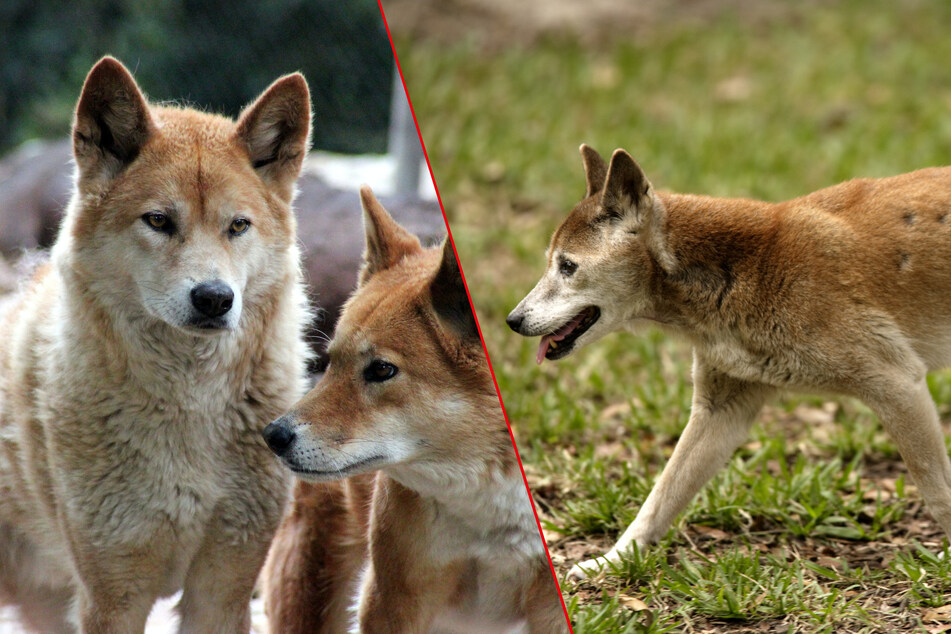
Is the highland dog the same as the New Guinea singing dog?
The New Guinea singing dog is the same species as the New Guinea highland dog, and is just a different (more descriptive) name for the same breed. There is also a species of canine called the New Guinea highland wild dog which is thought to be an ancestor of both the New Guinea singing dog and the dingo.
People who refer to these beautiful creatures as New Guinea highland dogs are using a name that references the dog's original habitat. These yodeling yobbos were originally found in the Papua New Guinea highlands before they began to brought into people's homes and (eventually) domesticated.
Their similarity to the dingo makes the New Guinea singing dog incredibly interesting. It's a dog that has descended from a lineage that originated millions of years ago, when the Australian and Papua New Guinea land masses collided, forming the highlands from which these doggos take their name.
Cover photo: IMAGO/agefotostock
